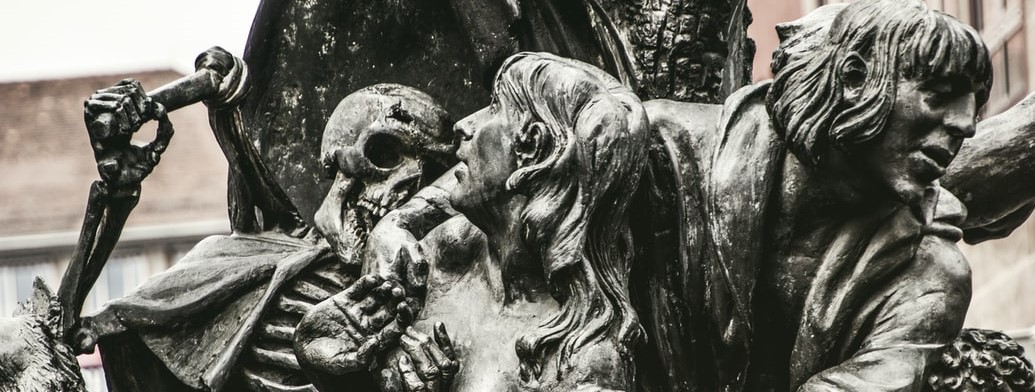The Phoenix and the Moon
The skies above the Saeric Lands are ruled over by a single blazing sun by day, and a dappled moon by night. Folklorist scholars at the Universität of Rykfontein have marvelled at how, during the Hubraic Era, each country had attached a different name and mythology to the moon.
After the events of the Great Confiscation, these mythologies underwent a sudden and dramatic change. Now, in this modern age, a single myth has overshadowed all previous tales, and is shared across all of the Saeric Lands. It begins, "Everyone knows the story of the Phoenix; how She was slain and flayed by the cruel talons of the Raven. With the passing of the centuries, one thing that has faded from the minds of mortals: Her name. The Phoenix could take the form of a mortal woman, and Her name was Ferelith..."
Any Varsii droll teller worth his salt will tell you there is a face in the moon. The gents over in the Astronomy Department would argue that it's nothing more than a pareidolia phenomenon, while those sadists over at the Halls of Medicine would try to diagnose gazers with mass hallucinations. And yet, despite all this, I see Her... Saints help me, I see Her...
The Phoenix as the Sun
During the Hubraic Era, there were many diffrent tales about the sun. The most enduring ones regard the sun as:- An expression of the Phoenix's Power, made manifest in the sky;
- The burning nest of the Phoenix;
- Or the gates to the afterlife.




Comments